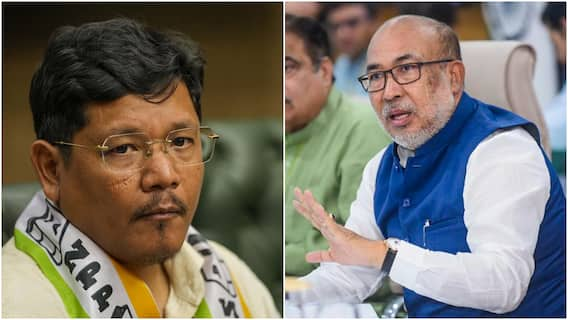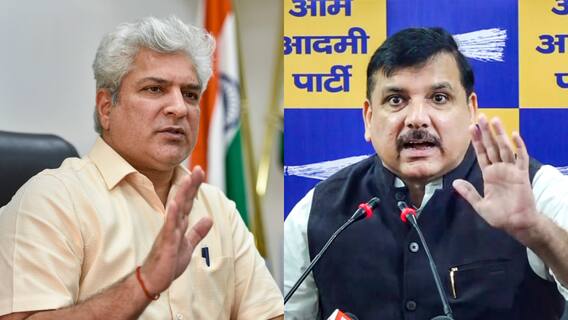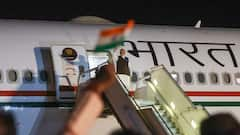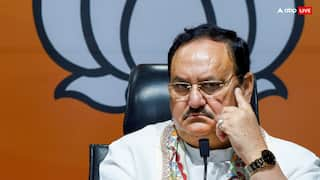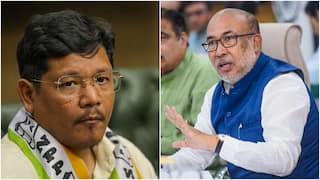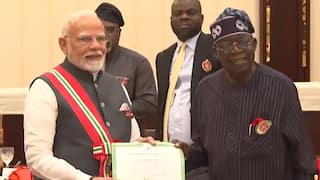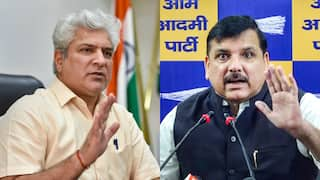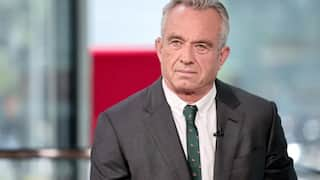Explorer
Advertisement
India Ratings Cut GDP Forecast To 6.7 Per Cent For FY20
India Ratings on Wednesday lowered the country's growth forecast to six-year low of 6.7 per cent for the current fiscal from an earlier estimate of 7.3 per cent on account of slowdown in consumption and moderation in industrial growth among other factors.

India Ratings on Wednesday lowered the country's growth forecast to six-year low of 6.7 per cent for the current fiscal. (Getty Images)
NEW DELHI: India Ratings on Wednesday lowered the country's growth forecast to six-year low of 6.7 per cent for the current fiscal from an earlier estimate of 7.3 per cent on account of slowdown in consumption and moderation in industrial growth among other factors. This would be the third consecutive year of subdued growth, India Ratings principal economist Sunil Kumar Sinha said here.
Even on quarterly basis, he said, April-June is expected to be the fifth consecutive quarter of declining GDP growth at 5.7 per cent. Citing factors for moderation in growth, he said, it is mainly due to five reasons including a slowdown in consumption demand and manufacturing and delayed, uneven progress of monsoon so far.
Besides, he said inability of Insolvency and Bankruptcy Code to resolve cases in a time-bound manner, and rising global trade tension adversely impacting exports are pulling down GDP numbers.
At this pace of growth, the target of USD 5 trillion by 2024-25 seems to be a far cry, he said, adding, there are enough calculation in public domain according to which the country needs to have a nominal GDP growth rate of 12 per cent to achieve that.
Given the past record, USD 5 trillion seems to be a conservative target, he added.
Sinha also said the recent measures to address some of the woes of auto, MSME and financial sectors announced by the government to revive the economy will take time to bear results.
These measures are likely to support growth only in the medium term, but the agency expects GDP growth to recover to 7.4 per cent in the second half of the fiscal mainly on account of the base effect.
Private consumption, which has been the mainstay of aggregate demand, has in fact come under pressure in urban as well as rural areas lately, he said.
"While the reduced income growth of households has taken the sting out of the urban consumption, drought/near-drought conditions in three of the past five years coupled with collapse of food prices has taken a heavy toll on rural consumption," he said.
Even investment, particularly private corporate investment, has remained sluggish over the past few years. However, average investment growth, largely constituting government and corporate sector maintenance capex, at 9.2 per cent during 2016-17 to 2018-19 looks healthy vis--vis the average investment growth of 3.6 per cent during 2013-14 to 2015-16.
"Incremental or greenfield private corporate capex, although, is still missing. Since the major contributors to the economy's investment pie are households (which include unorganised and unregistered enterprises (38.6 per cent), and private corporations at 37.9 per cent), their spending holds the key for reviving broad-based investment activity in the economy," he said.
Given the stress in the real estate sector and manufacturing sector capacity utilisation hovering in 70-76 per cent range since 2013-14, Ind-Ra believes revival of private investment demand will be a long drawn process, he said.
"Of the other two demand-side growth drivers, government expenditure continues to be steady and is expected to grow at 10.6 per cent in FY'20 (FY19: 9.2 per cent) while exports are facing headwinds due to rising trade tensions/weakening global GDP growth and are expected to grow at a subdued 7.2 per cent in FY'20," he said.
Due to delayed and uneven monsoon, agricultural gross value added (GVA) may grow at 2.1 per cent in the current fiscal as compared to 2.9 per cent in the last financial year.
On inflation he said, it would be within the comfort zone of the RBI and thus provide headroom to the central bank to continue with its accommodative policy stance, thereby resulting in scope for more rate cuts in the near term (notwithstanding the 110 basis points rate cut so far in 2019).
As a result, the 10-year G-Sec bond yield is expected to trade in the range of 6.1-6.2 per cent by March 2020.
In our assessment, he said, tax revenue may fall short by around Rs 1,50,000 crore from the budgeted figure, similar to the tax revenue shortfall observed in the previous fiscal.
However, in view of RBI deciding to transfer Rs 1.76 lakh crore to the government, achieving fiscal deficit target of 3.3 per cent of GDP will not be difficult for the current fiscal. With regard to forex movement, he said the rupee may average 71.21 against the dollar in the current fiscal.
Follow Breaking News on ABP Live for more latest stories and trending topics. Watch breaking news and top headlines online on ABP News LIVE TV
View More
Advertisement
Advertisement
Advertisement
Top Headlines
Election 2024
Cities
World
India
Advertisement
Trending News






